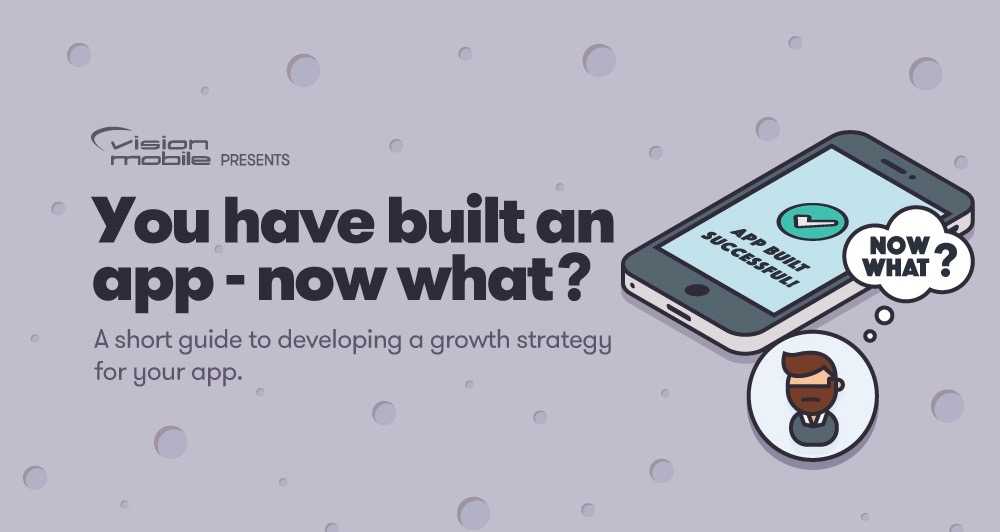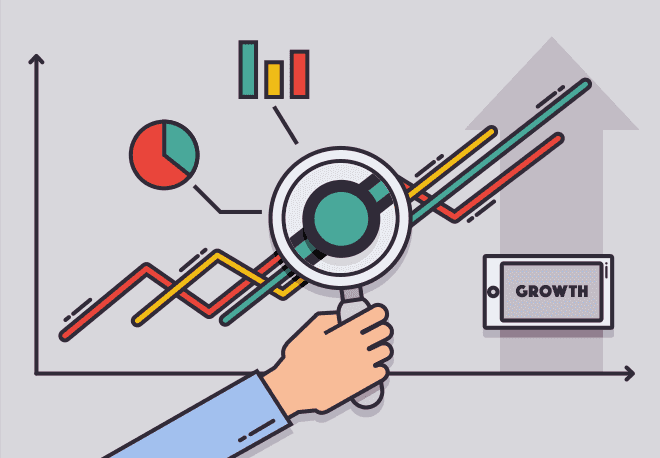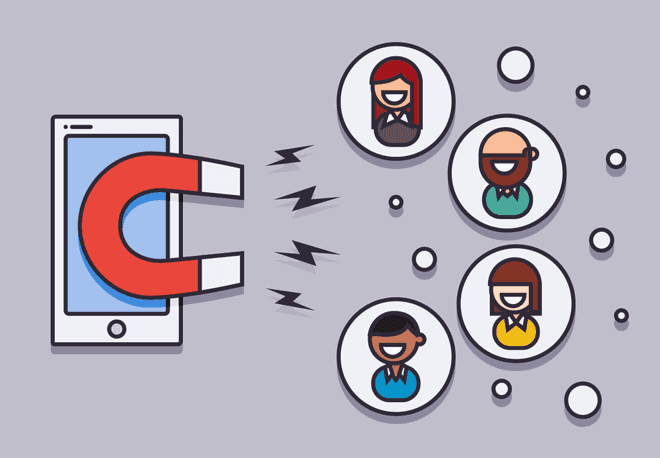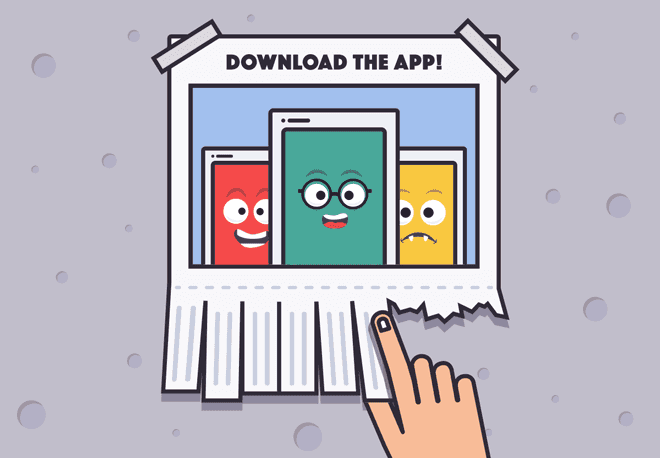Recent Posts of Mark Boyd

13 December, 2016
Building strategies for user acquisition and retention are the two major tasks for dev teams after they have built an app, and analytics helps understand exactly what is happening and how to keep building traction. From there, new possibilities can emerge that will help you grow your user community even stronger and help you identify novel ideas that may offer you a winning edge.

28 November, 2016
Ragot said new dev teams can even just focus on one metric: “If there is one KPI, according to my experience, that tells you everything, it is “Retention at Day X”. D1 retention is how many people come back to your app in the same day after they install it. I am always looking at D1, D3, D7, D14 and D30. If you put all of your effort into measuring this, you have good analytics that is a mix of retention and acquisition.”

21 November, 2016
So after you’ve built an app, the first task is to position it so that your potential users start downloading it. User acquisition is all about getting app downloads. After downloads start climbing — even a slow increase is okay as long as it is steady — then it is important to start focusing on retention: getting users to start integrating your app into their habits so they reach for your app regularly.

15 November, 2016
Increasing user acquisition for your app starts with app store optimization. 30% of downloads occur after someone has searched by keywords in Google Play. So getting noticed within the app marketplace can already drive up user downloads before looking at any other type of promotion.